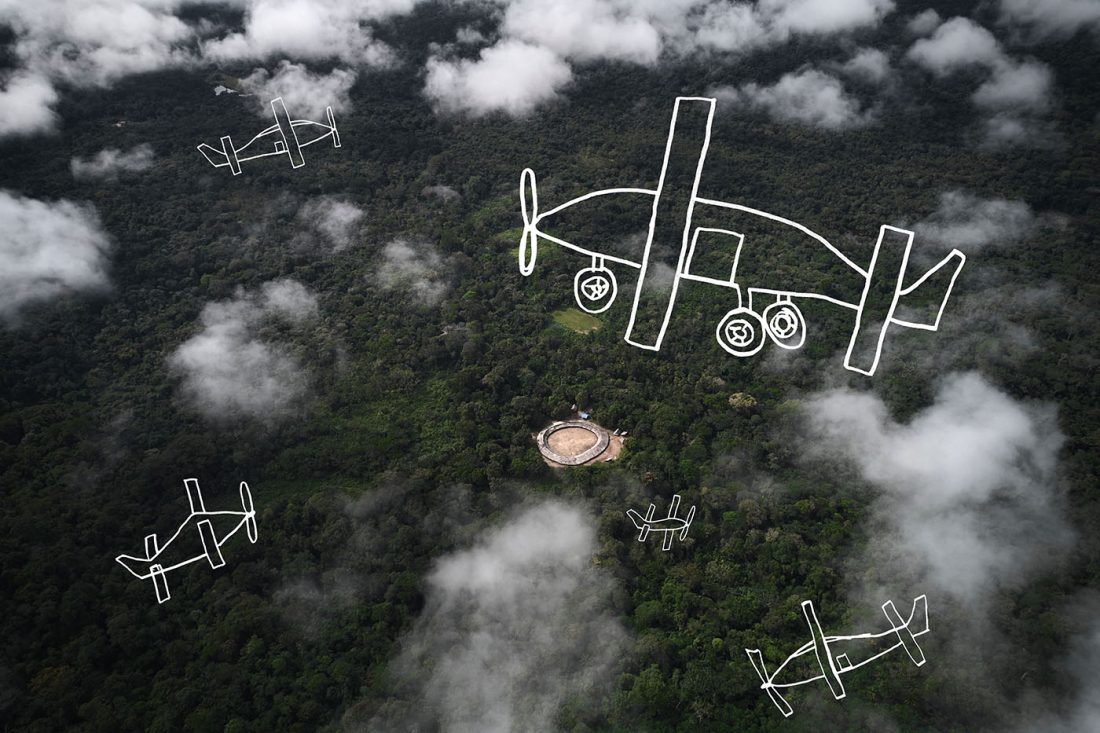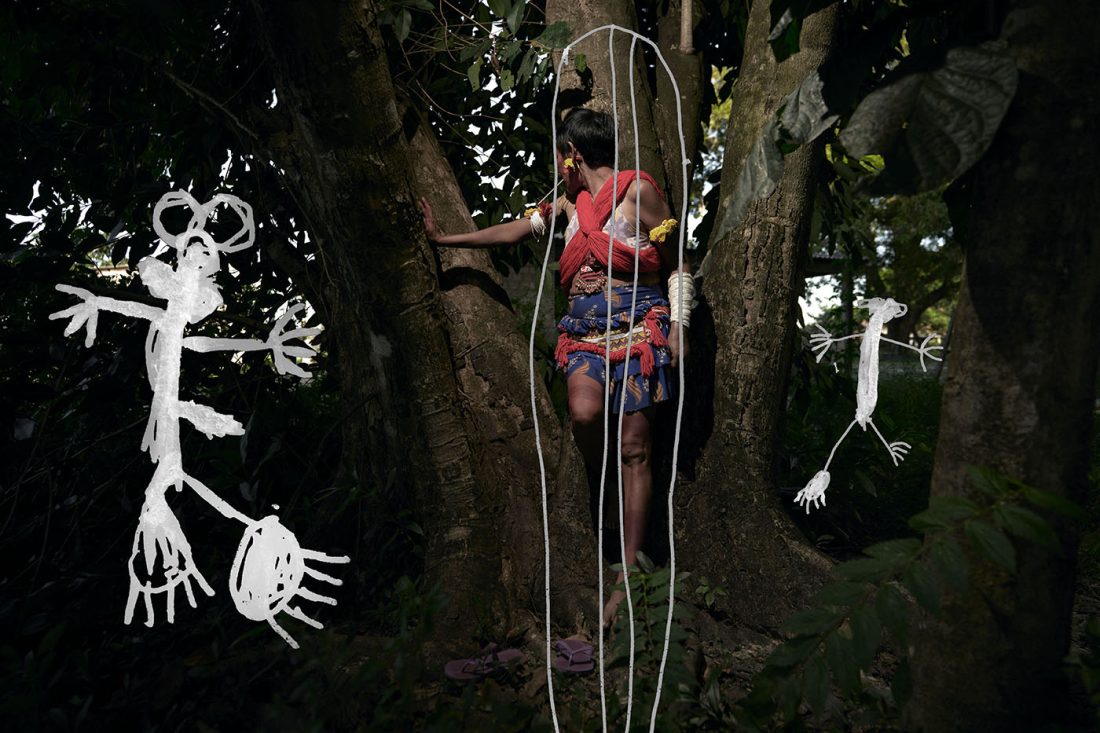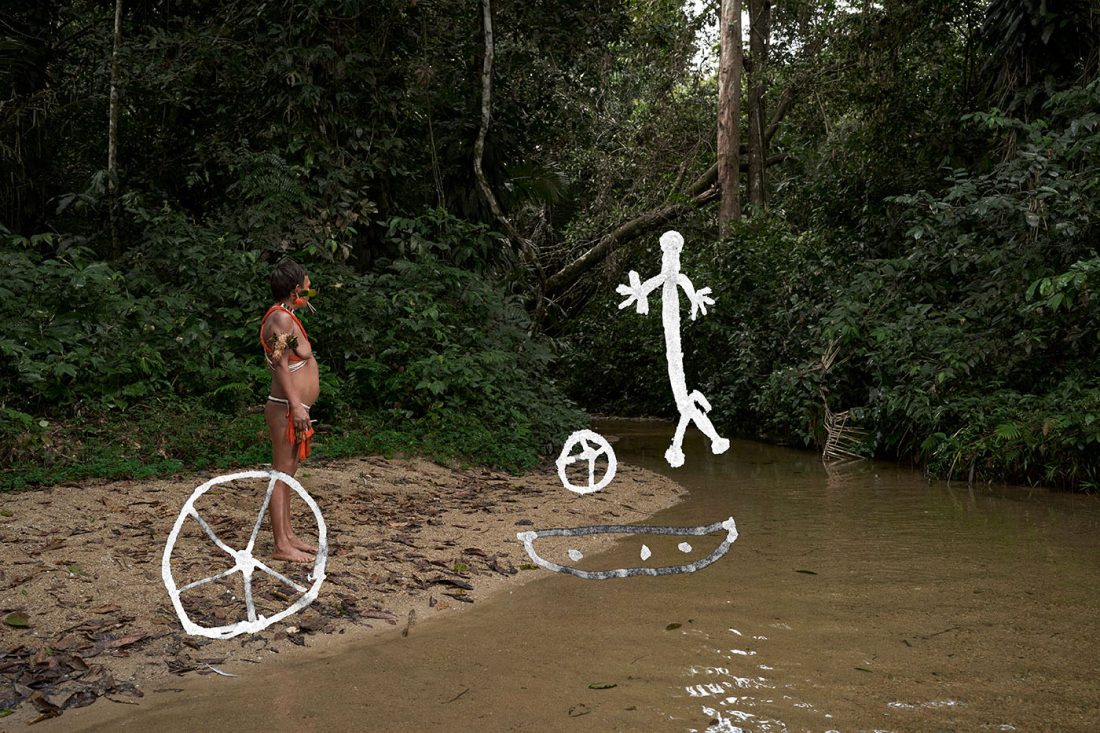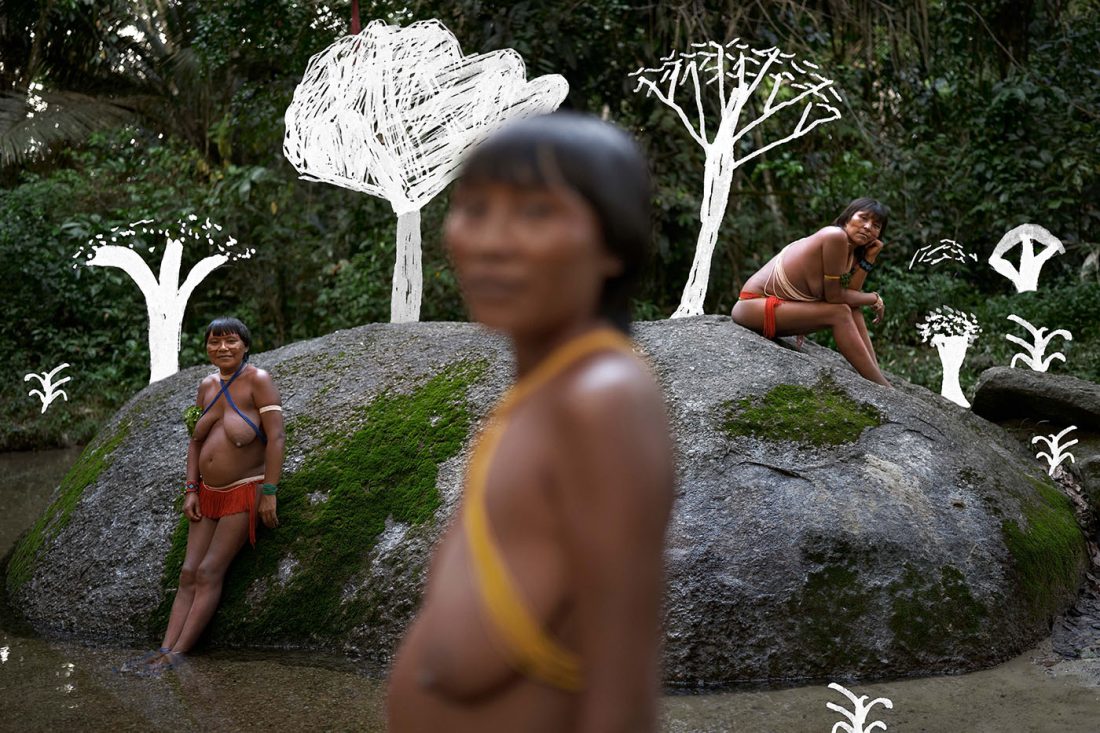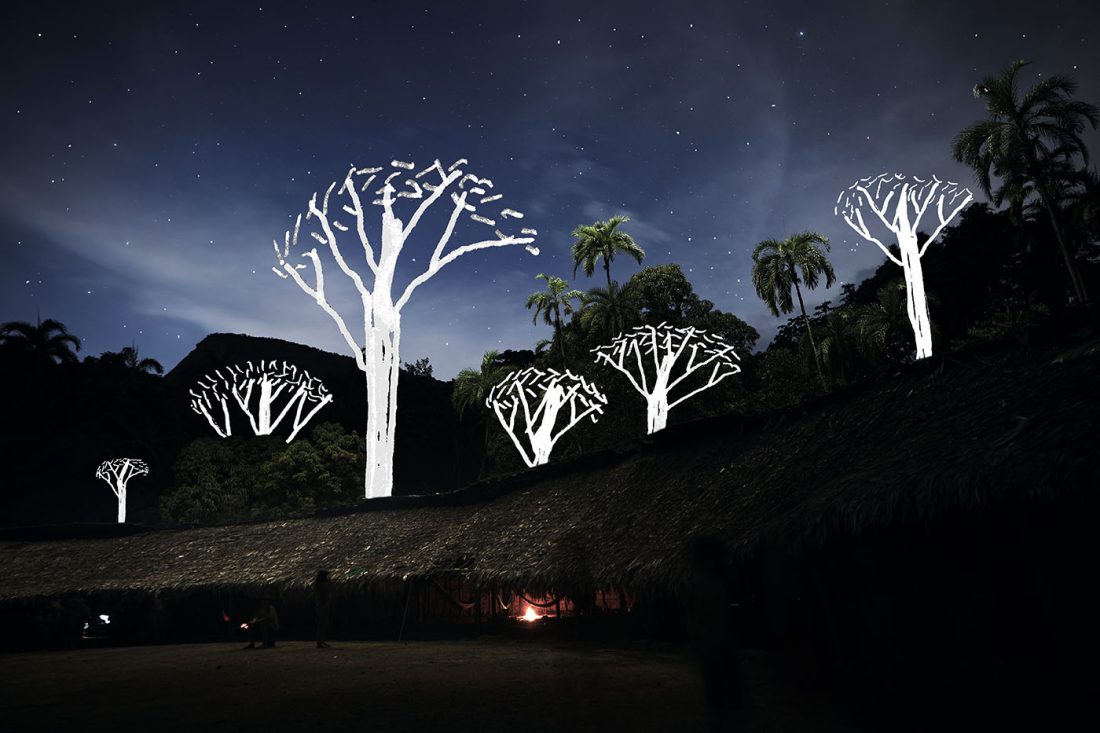Raped Territories – How The Gold Rush Leaves Its Scars On Indigenous Yanomami
Despite being protected –in theory– by the Brazilian state, the Indigenous Yanomami territory, located on the border of Brazil and Venezuela, has been abandoned and invaded by some 20,000 illegal gold miners, who rape indigenous women, the future of young people, and the land. Criminals guard the gold mining areas with heavy weapons such as rifles and attack opponents by shooting. Ten attacks were recorded in a single Yanomami community in just one year. Illegal miners have also expelled health teams, the only remaining sign of the state left in the area, running away from threats.
Entering these areas taken over by illegal mining in safety is impossible. We wanted to listen to the Yanomami women about what they see daily in this contact with the miners, but there is no other way to hear these women without going to the site. The Indigenous people who live in these areas are afraid to speak out. They do not speak Portuguese and rarely leave their villages, isolated in the forest, more than an hour away from the city by plane. We tried to organize a field trip to two communities near the mining areas, but we were advised not to by the leaders, who said they could not guarantee our safety.
To hear them, we had to make a war-like operation: fly women out of the affected villages and take them to a town where the mining had not yet occurred. So we promoted a meeting of women from three different regions. With the help of two Yanomami translators, we listened to the terrible stories they experience daily.
Photographing was challenging since we could not visit the communities most affected by mining. Instead, we asked the women who deal with this criminal activity to draw what they see, feel, and fear most. The images they drew of polluted rivers, helicopters, and planes flying over their houses, and men with their exposed genitals harassing women were superimposed on the photographs, matching the drawings with the woman who made the drawing. To ensure the women’s safety from the invaded villages, protected their identity. The women whose faces are visible live in the villages that weren’t invaded. Yet.
This is a collective project:
Writer: Talita Bedinelli
Editor: Eliane Brum
Anthropological consultancy: Ana María Machado
Yanomami translation: Ana María Machado, Ehuana Yanomami
Drawings: Yanomami women and Yanomami artist Ehuana Yanomami
Photography: Pablo Albarenga
This story was made with support of Instituto Socio Ambiental


